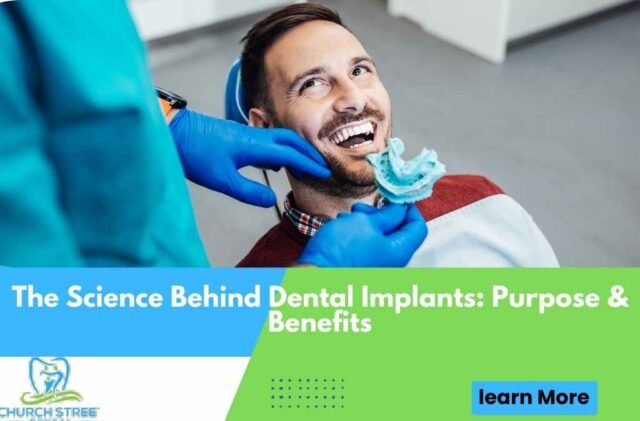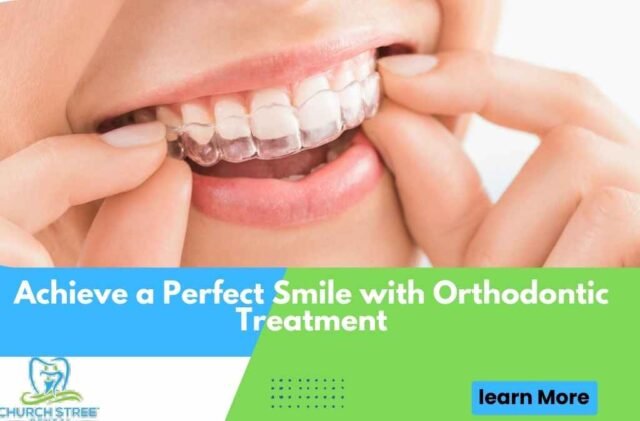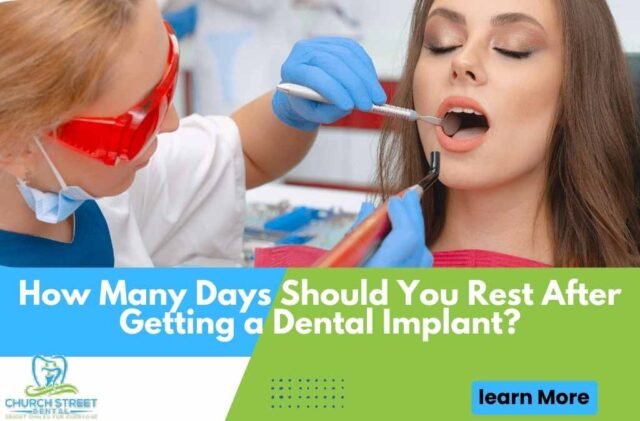1. Overview of Orthodontic Treatment
Orthodontic treatment is a specialized branch of dentistry focused on diagnosing, preventing, and treating dental and facial irregularities. The primary aim of these treatments is to correct misaligned teeth, bite issues, and jaw problems to improve both function and aesthetics. Here’s a comprehensive look at what orthodontic treatment entails and why it’s essential.
What is Orthodontic Treatment?
Orthodontic treatment involves using various appliances to move teeth into their correct positions. These appliances can be fixed or removable and are designed to align teeth, adjust bite relationships, and ensure the proper functioning of the teeth and jaws. The treatment not only improves oral health but also boosts self-esteem by enhancing the appearance of the smile.
Orthodontic treatments address a range of issues, including:
- Crowded Teeth: When there isn’t enough space in the jaw for all teeth to fit properly.
- Spacing Issues: Gaps or spaces between teeth that occur naturally or due to missing teeth.
- Bite Problems: Misalignment of the upper and lower teeth when the mouth is closed, such as overbites, underbites, and crossbites.
- Jaw Misalignment: Issues with the alignment of the jaw that can affect chewing, speaking, and overall oral health.
2. Types of Orthodontic Treatments
There are various types of orthodontic treatments available, each with its own set of benefits and considerations. The choice of treatment depends on the specific dental issues and the patient’s preferences.
Braces Orthodontic Treatment
Braces are the most traditional and widely used orthodontic treatment. They consist of metal or ceramic brackets attached to each tooth, connected by wires. The orthodontist periodically adjusts these wires to gradually move the teeth into their correct positions. Braces are highly effective for treating complex dental issues and are suitable for patients of all ages.
- Metal Braces: These are the most common type of braces, made from high-grade stainless steel. They are more noticeable but very effective.
- Ceramic Braces: Made from clear or tooth-colored materials, ceramic braces are less noticeable than metal braces but can be more fragile.
Clear Aligners
Clear aligners, such as Invisalign, have become increasingly popular due to their aesthetic and practical advantages. These aligners are custom-made, removable trays that fit over the teeth. They are replaced every few weeks to continue moving the teeth into the desired positions. Clear aligners are an excellent choice for patients seeking a less noticeable treatment option.
- Advantages: Removable, less noticeable, easier to clean teeth.
- Disadvantages: Requires discipline to wear them for the recommended 22 hours a day, not suitable for severe cases.
Lingual Braces
Lingual braces are similar to traditional braces but are placed on the inside surface of the teeth, making them less visible. They are an excellent option for individuals who want effective treatment without the noticeable appearance of traditional braces.
- Advantages: Virtually invisible, effective for complex cases.
- Disadvantages: Can be more uncomfortable initially, more challenging to clean.
Early Orthodontic Treatment
Early orthodontic treatment, also known as interceptive orthodontics, is performed on children as young as seven years old. Early intervention can guide the growth of the jaw and incoming permanent teeth, potentially reducing the need for extensive treatment later on.
- Benefits: Can prevent more severe problems in the future, takes advantage of the child’s growth.
- Considerations: Not all children need early treatment; a thorough assessment is necessary.
3. Choosing the Right Orthodontic Treatment
Selecting the right orthodontic treatment involves careful consideration of several factors. Here’s how to make an informed decision:
Factors to Consider
- Severity of the Issue: The complexity of the dental problem often determines the type of treatment. For example, severe bite issues might require traditional braces, while minor adjustments might be addressed with clear aligners.
- Aesthetic Preferences: Patients who are concerned about the appearance of braces might prefer less noticeable options such as clear aligners or lingual braces.
- Lifestyle and Compliance: Clear aligners require a high level of discipline as they need to be worn for 22 hours a day and removed only for eating and cleaning. Traditional braces, on the other hand, are fixed and work continuously without needing patient compliance.
- Age of the Patient: Children and teenagers might benefit from different treatments compared to adults. Early orthodontic treatment can guide the development of the jaw and teeth in younger patients.
Professional Consultation
It is essential to consult with an orthodontic specialist who can assess your dental issues and recommend the most suitable treatment. During the consultation, the orthodontist will take x-rays, photos, and impressions of your teeth to develop a personalized treatment plan.
- Initial Assessment: The orthodontist will evaluate your dental health, discuss your concerns and goals, and suggest possible treatment options.
- Treatment Plan: Based on the assessment, the orthodontist will create a detailed treatment plan outlining the steps, duration, and expected outcomes of the proposed treatment.
4. Cost and Insurance for Orthodontic Treatment
Orthodontic treatment can be a significant investment, but understanding the costs and insurance options can help you manage the expenses effectively.
Understanding Costs
The cost of orthodontic treatment varies based on the type of treatment, the complexity of the case, and the length of the treatment. Traditional braces tend to be more affordable, while clear aligners and lingual braces can be more expensive due to their custom nature and advanced technology.
- Traditional Braces: Typically range from $3,000 to $7,000.
- Clear Aligners: Generally cost between $4,000 and $8,000.
- Lingual Braces: Often the most expensive, ranging from $8,000 to $10,000.
Insurance Coverage
Many dental insurance plans offer partial coverage for orthodontic treatment, particularly for children. It’s crucial to check with your insurance provider to understand the extent of coverage and any limitations or requirements.
- Insurance Benefits: Some plans cover up to 50% of the cost of orthodontic treatment.
- Pre-Authorization: Some insurers require pre-authorization before treatment begins.
- Lifetime Maximums: Many plans have a lifetime maximum for orthodontic benefits, which can limit the amount of coverage available.
Financing Options
For those without insurance or with limited coverage, many orthodontic practices offer financing plans to spread the cost over time. Discussing these options with your orthodontist can make treatment more affordable and manageable.
- Payment Plans: Monthly payment plans can spread the cost over several months or years.
- CareCredit: A healthcare credit card that offers financing options for medical expenses, including orthodontic treatment.
- In-House Financing: Some orthodontic practices provide in-house financing options with flexible terms.
Conclusion
Choosing the right orthodontic treatment involves understanding the available options, considering personal preferences and lifestyle, and consulting with a professional. Whether opting for traditional braces, clear aligners, or early treatment, the goal is to achieve a healthy, beautiful smile that lasts a lifetime. By being informed about the costs and insurance options, you can make a well-rounded decision that fits both your needs and budget.
Orthodontic treatment is a journey that requires patience and commitment, but the results are well worth the effort. A straight, healthy smile can improve not only your appearance but also your oral health and overall well-being. For those seeking expert advice and top-notch orthodontic care, consider consulting with the professionals at Church Street Dental, located in Chicopee, MA. Their experienced team can guide you through the process and help you achieve the smile of your dreams.






